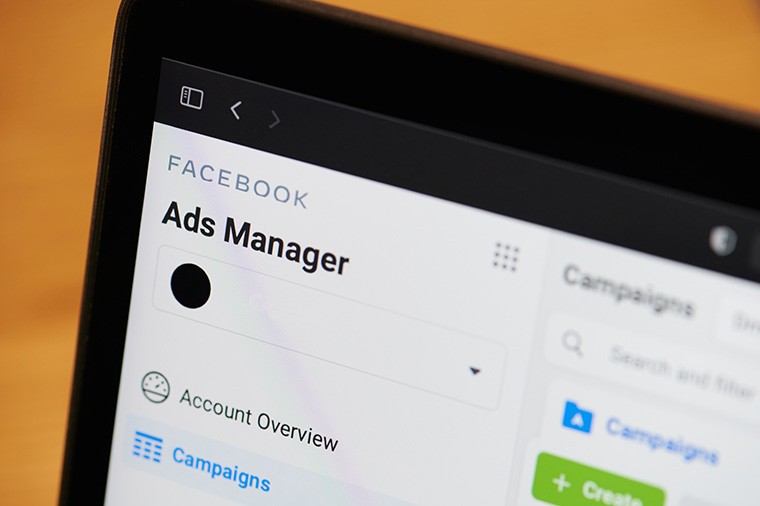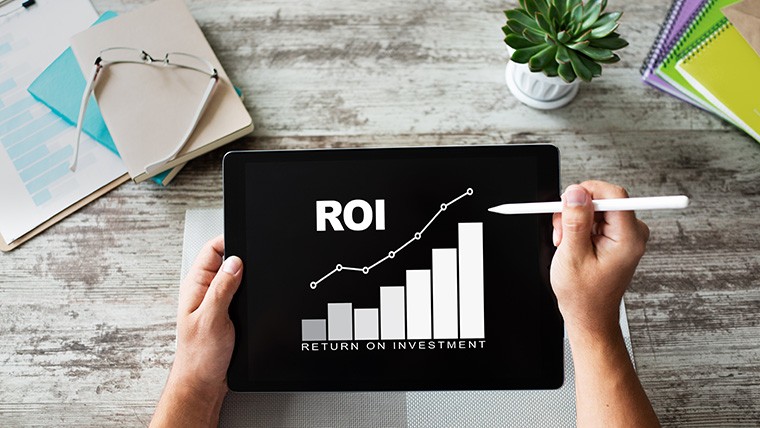

Set yourself up for success in the new year by activating the power of social media, an increasingly effective tool for businesses looking to promote their brand, connect with customers, create potential customers, and increase sales. By leveraging the vast reach of platforms like Facebook, Instagram, Twitter, and more, businesses can tap into new and potential markets, as well as engage with their current customer base. Meet your customers wherever they are with the power of social media.

Choosing the right social media platform for your business can be a challenge. Depending on your goals and target audience, certain platforms may be more beneficial than others. Before selecting a platform, it’s important to consider your target market, budget, and overall objectives.

Facebook is an excellent platform for businesses who want to reach large audiences, as it has over 2 billion monthly active users. It is also great for creating a presence, building brand awareness, engaging with customers, and driving website traffic.

Instagram is another popular platform that works well for companies focused on visuals, such as photography, art, and fashion. The majority of Instagram users are mobile device users, making it a great platform for targeting a younger demographic.

Twitter is ideal for businesses who want to quickly share news or connect with their target audience in real-time. Businesses can use Twitter to increase sales by launching campaigns, offering promotions, and responding quickly to customer queries.

LinkedIn is the perfect platform for connecting with professionals and recruiting new talent. Businesses and individuals use LinkedIn to expand their professional network, discovering new connections and opportunities. Your LinkedIn profile is a great way to publish industry news, job openings, and changes in your workplace.

A relatively new platform, TikTok has quickly gained traction among younger users. Businesses can use TikTok to create short-form videos that are designed to be entertaining, creative, and “share worthy.” The platform also allows businesses to make use of trending hashtags, dances, challenges, or causes in order to gain more visibility.
While each platform has its advantages and disadvantages, many businesses find it necessary and useful to maintain a presence on multiple platforms. This is certainly an effective approach but requires significant attention to detail. Depending on the size of your business you may benefit from hiring a social media manager. Otherwise, our suggestion would be to select the two or three platforms with which you are most familiar and focus your attention there.

Once you have decided which platforms to use, the next step is setting up your social media profile. Your profile should clearly convey what your business does and should include links to your website and other appropriate resources. Use high-quality images and include your logo as your profile picture. Keep your bio short and informative, and make sure to use keywords that are relevant to your business.

Content is what draws people in and helps to increase your brand’s visibility. The type of content you create will depend on the platform you’re using and your audience. For example, short, snappy videos work well on platforms like Instagram and TikTok, while long-form content does better on platforms like Facebook and LinkedIn.
It’s important to keep your audience in mind and create something that is engaging and relevant. Focus on creating content that will resonate with your audience and provide them with value. It could be educational, informative, or entertaining – whatever fits your brand best!
You should also ensure that your content is optimized for mobile devices since most people access social media via their phones. Make sure that your content looks great on small screens and can be easily viewed on mobile devices.
By creating high-quality content that engages your target audience, you can increase brand awareness and eventually increase sales. So, make sure to take the time to craft content that will draw people in and help build relationships with potential customers.

By joining groups related to their industry, businesses can stay up to date on the latest trends and topics of discussion, as well as easily find potential customers and partners. Additionally, joining conversations can be a great way to interact with customers, build relationships, and provide customer service. For example, if someone posts a question about their new standing desk, your team can answer the question directly and demonstrate knowledge and expertise. And because this problem has been solved in public, other users will see that you take customer service seriously.

It is important for businesses to stay up to date with industry trends and developments, which can be done by following industry leaders and influencers on social media. Keeping a close eye on what thought leaders are saying and doing can help you gain insight into the strategies of your competitors and better understand your customer base.
Influencers often have an extensive network of followers, many of whom look up to them and trust their recommendations. When they share your content or talk about your brand on their channels, it will increase your visibility and reach a larger audience.

When used correctly, advertising on social media can help you reach a wide audience, get more leads, and connect with customers in an interactive way.
By advertising on social media, you have the power to control who sees your ads and when they see them. You can target ads based on demographics, interests, location, and other factors. Additionally, you can also set up retargeting ads that follow customers across different platforms.

Analytics are an essential part of understanding the impact your social media presence is having on your business. Knowing how your audience interacts with your content and which strategies are working best for you are vital for creating a successful social media strategy. This will help you to identify what content resonates with your customers, when they engage with it, and how it contributes to increasing sales.
You can also look at metrics such as likes, comments, shares, and impressions to get a better understanding of how engaging your content is with customers. Additionally, you can measure the return on investment (ROI) of your social media campaigns by looking at how much sales they generate in relation to the amount of money spent.
By measuring your results, you can make informed decisions that will help you adjust your strategy and continue to improve your social media presence. This way, you can ensure that your social media efforts are as effective as possible in promoting your brand and helping to increase sales.
